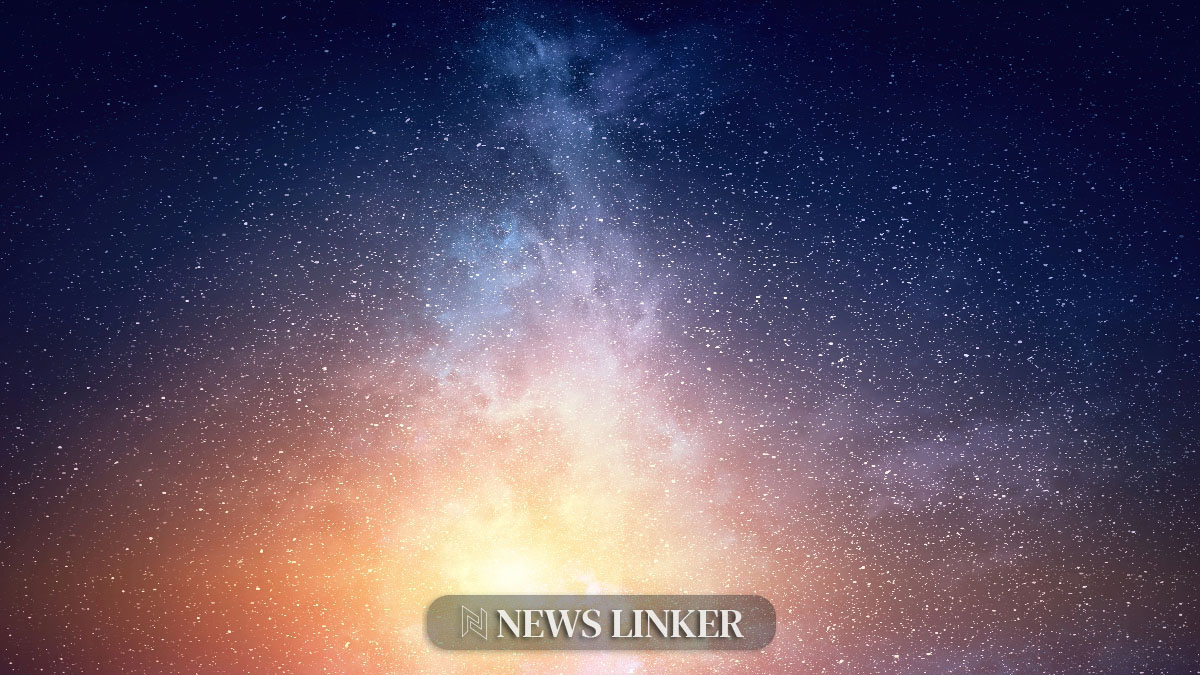In a remarkable display of cosmic photography, the Hubble Space Telescope has captured an image of the spiral galaxy NGC 4423, situated in the Virgo constellation. Although spiral galaxies are typically recognized by their pinwheel shape, NGC 4423 presents an unusual tubular appearance due to its edge-on orientation relative to Earth. This unique perspective highlights the dense central bulge of the galaxy and the surrounding disk, a structure that would otherwise be recognized by its majestic spiral arms.
The Intricacies of Galaxy Observation
Observing the cosmos offers a myriad of challenges, not least of which is the fixed vantage point provided by Earth. The universe’s boundless expanses feature celestial objects in a range of orientations, often obscuring their true forms. NGC 4423 is a prime example, its spiral nature only apparent through its edge-on profile. This orientation allows astronomers to study aspects of galactic structure that might otherwise be hidden, such as the distribution of stars and dust along the galactic plane.
NGC 4423’s Revealing Details
The image of NGC 4423, located some 55 million light-years from Earth, offers a wealth of detail. The glow emitted from the central bulge fades into the darker, star-studded disk, with a halo visible above and below. This halo illuminates the interstellar medium and provides clues about the galaxy’s composition and history. The photograph also features several bright stars that add to the grandeur of the scene.
In the broader context of astronomical research, similar galactic images have made their way into scientific discourse. For instance, an article from Space.com titled “Incredible Hubble Telescope Images Show a Galaxy’s ‘X-Ray Vision'” provides insights into how X-ray data combined with Hubble’s images enhance our understanding of the mechanisms at play within galaxies. Additionally, an article from Astronomy Magazine called “Hubble Takes a Deep Dive Into the Early Universe” delves into Hubble’s capacity to peer back in time, offering a glimpse into the formative stages of early galaxies. These complementary perspectives underscore the diverse methods and technologies employed to decode the secrets of the universe.
Galactic Exploration Continues
As we continue to explore the vastness of space, the Hubble Space Telescope remains a crucial tool in our astronomical arsenal. Its ability to capture images such as that of NGC 4423 not only sparks the curiosity of the public but also provides invaluable data for scientists. The ongoing study of galaxies like NGC 4423 contributes to our fundamental understanding of the cosmos, revealing the intricate dance of stellar formation and evolution.
The study of galaxies is not just about capturing spectacular images; it’s a pursuit that offers profound insights into the very fabric of the universe. As someone who continually seeks to understand the cosmos, I find that these observations are not just visually stunning but are also critical in piecing together the cosmic puzzle. It’s astounding how a single image can reflect both the immense beauty and the intricate complexities of a galaxy. For those looking to grasp the grandeur of the universe, the edge-on view of NGC 4423 is a testament to the colossal scale and splendor that space holds.










